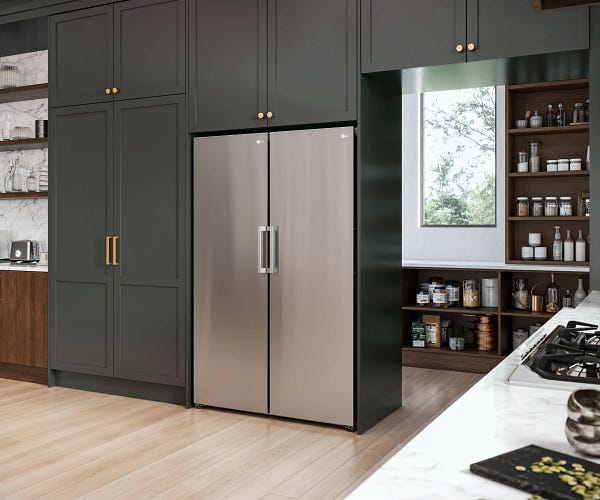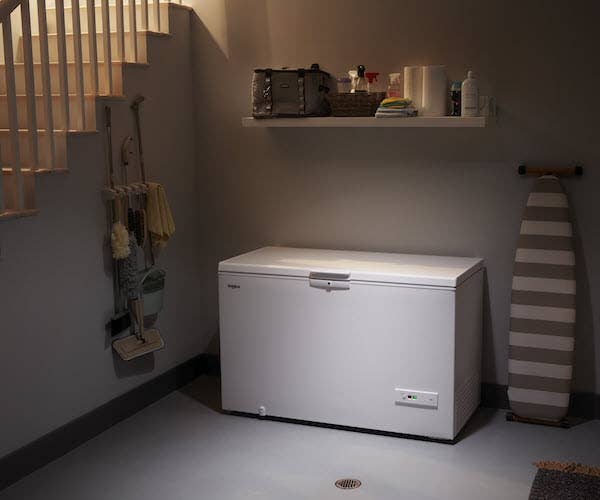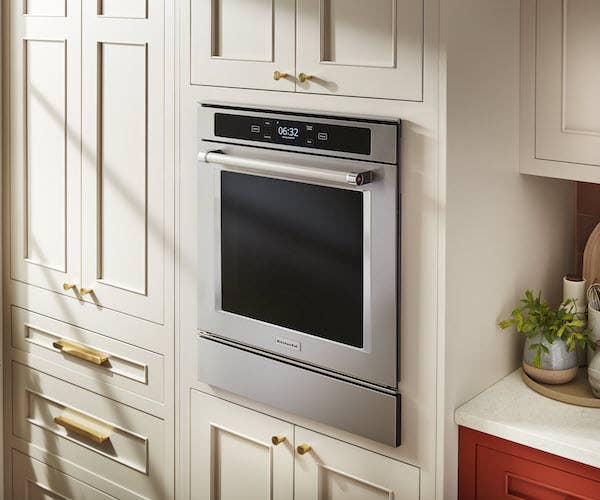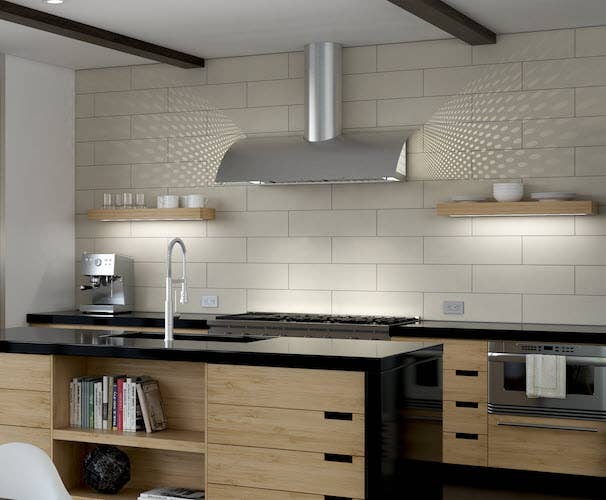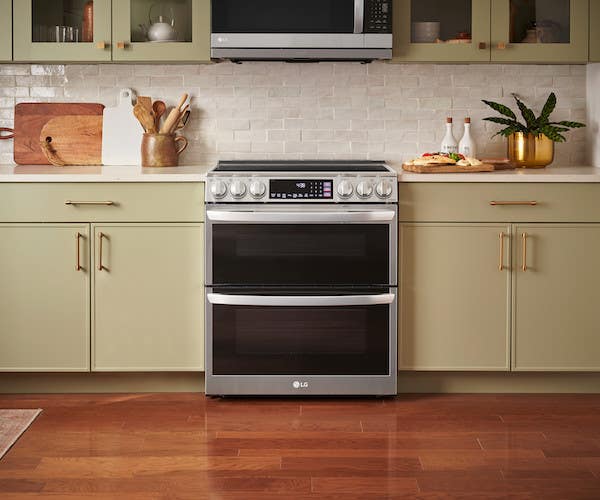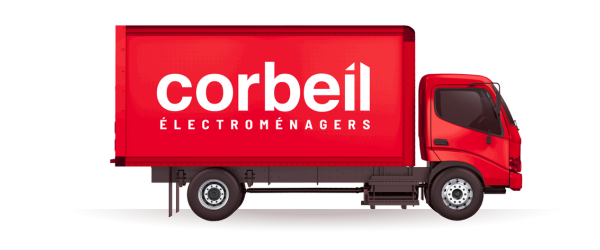

Choose your delivery area
How to Choose a Dryer
Selection criteria for choosing a dryer
Dryer dimensions
It is important to take accurate measurements of the space available as well as the clearance of the door opening for the installation of your appliance.
Since dryers are often placed in tight spaces, such as basements or upstairs, check the dimensions of stairs and hallways to avoid complications during delivery.
Although there is no standard size for dryers, most models follow these dimensions:
- 33 to 46 in. (84 to 117 cm) high;
- 24 to 29 in. (61 to 73.5 cm) wide;
- 25 to 30 in. (63.5 to 76 cm) deep.
Add to these dimensions a clearance for cables and vent pipe in addition to a 1 in. (2.5 cm) clearance all around the machine to reduce vibration and noise.
Type of dryer
There are two types of dryers: vented dryers and condenser dryers. Vented dryers remove moisture from the laundry room by blowing it outside the house. Vented dryers are more affordable, while condenser dryers collect moisture in a water tank or drain it outside the house through a hose.
There are two categories of dryers: gas and electric. While most dryers operate in a similar fashion, with an electric motor that powers the drum and an electric fan that circulates warm air, their difference lies in the way they generate heat.
The choice between the two will depend primarily on the intended location of the device and the type of connection available. When choosing between a gas or electric dryer, it is important to consider your energy consumption and overall budget.
Dryer capacity
Dryer capacity varies but is generally measured in cubic feet. Standard dryers have a capacity of about 7 cubic feet, but some go up to 9 or 10 cubic feet.
If you do a lot of laundry each week and your family has to dry laundry every day, you should opt for a dryer with a larger tub capacity, usually between 6 and 8.8 cubic feet, to make your life easier.
Installation of the dryer
The dryer can be installed in three ways:
- on pedestals to raise the machines, providing additional storage (for front-load appliances only);
- stacked, suitable for small spaces (for front-load appliances only);
- side by side, as in most homes.
Drying cycles and functions
Most dryers offer a normal, delicate and rapid cycle. In addition to this, there are some interesting features, such as the anti-wrinkle feature that regularly rotates the unit until it is opened.
A dryer with a steam function helps remove odours from clothes or freshen them up without the need for professional cleaning.
Colour and finish
In terms of colour and finish, dryers were traditionally white or beige. Today, there are white, grey, black and even coloured models to perfectly match your decor.
Noise level
Noise level is an important consideration depending on the location of the dryer in the home. A dryer normally generates less than 67 decibels of noise, which will not be a problem in most rooms. If you will be placing it in a high traffic area or in a location that may disturb your daily routine, consider a quieter model.
Energy consumption
A dryer’s energy consumption varies depending on the model, size and energy efficiency. In general, dryers are among the most energy-intensive appliances, but using more efficient models and choosing shorter drying cycles helps reduce energy consumption. We encourage you to look for Energy Star® certified models for better energy efficiency.
Other interesting features
A multitude of features are added to some dryer models and may influence your choice, such as a Wi-Fi connection so you can manage your appliance remotely or delay the start time. A moisture sensor automatically assesses the condition of the clothes, protecting your laundry from wear and tear, as well as saving you a few dollars. A warning light alerts you when the lint filter is filling, reducing the risk of fire and much more!
Do you have everything you need to make your final selection? Discover all the dryers sold at Corbeil or come and see one of our advisers in store.





